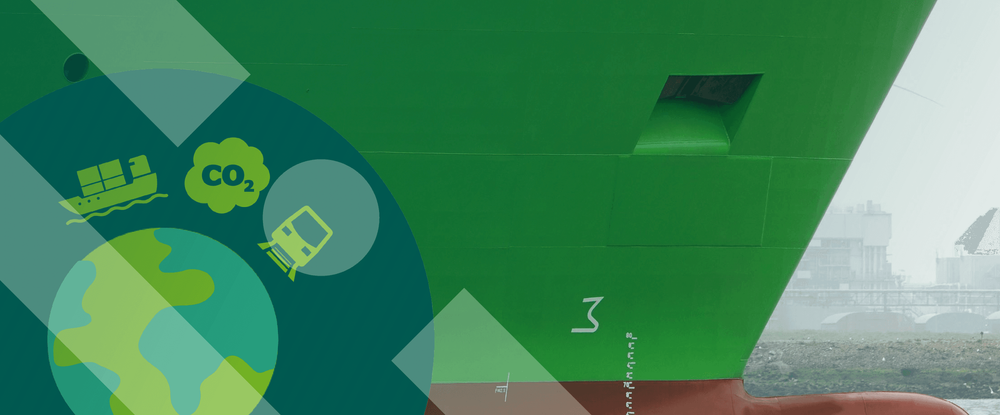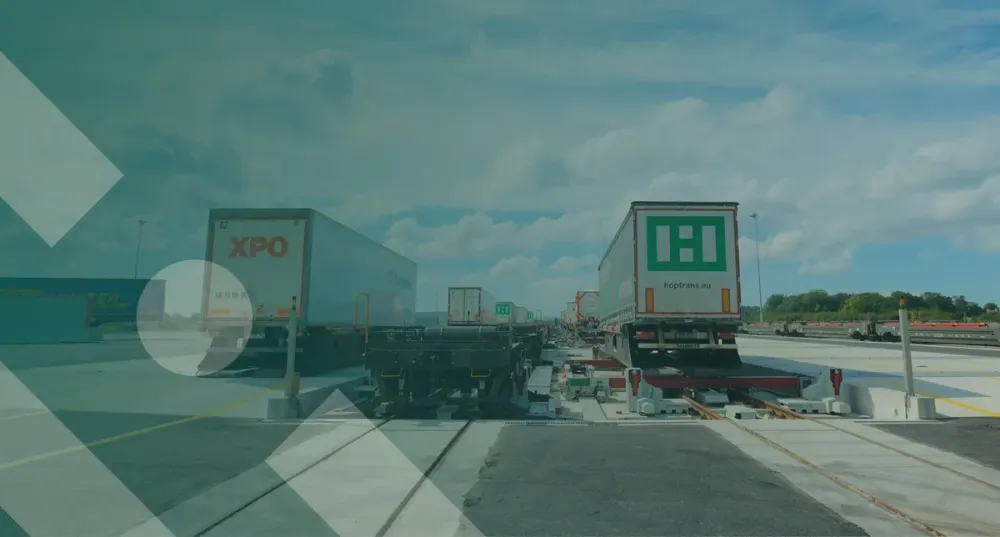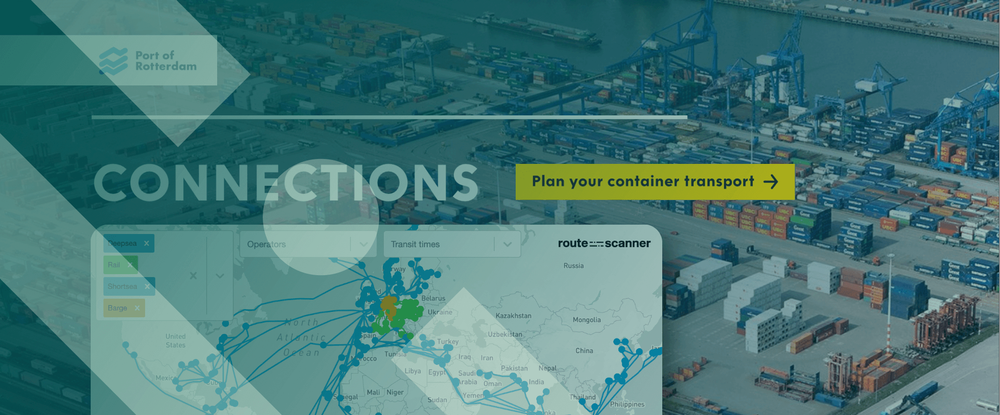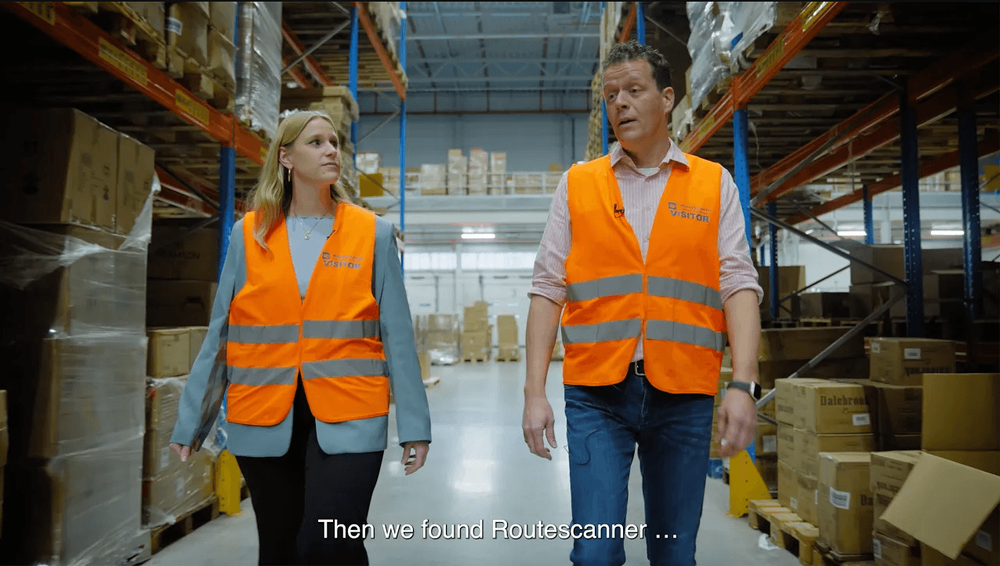
How do we calculate CO2 emissions in Routescanner?
Updated on 04-01-2022
Routescanner shows an estimation of the CO2 emissions produced by shipping a container. This is our response to a trend that has been ongoing in the market for a long time, namely focusing on a small carbon footprint. As a data scientist at Routescanner, part of my job entails developing CO2 calculations, and I’m happy to explain it in more detail.
How do we currently calculate CO2 emissions?
At the moment, we calculate CO2 emissions in a fairly basic way. We have standard figures (industry averages) for emissions per container (TEU) per kilometre per shipping mode (inland waterway, rail, road, short sea and deep sea) and multiply them by the distance to be travelled. This gives us an insight into the differentiating estimations for the emissions produced by transport using the different shipping modes. A recent addition has been the use the GLEC-Framework emission data; these add a refinement to the standard industry averages we used until recently. With the GLEC-Framework data, deepsea emissions data are detailed per tradelane (i.e. Asia to/from Europe, Asia to/from North America West Coast, and so on). For rail and truck transport, GLEC-Framework data are on a per continent level. For more details, please visit our GLEC-page here.
Lowest CO2 emissions first
The results shown in Routescanner show you the CO2 emissions of a particular route in the column headed Kg.CO2. Routescanner sorts routes by CO2 emissions by default. The route that is expected to produce the lowest emissions is at the top. The differences are mainly in the choice of hinterland shipping modes. Whether you opt to transport freight by train, barge or truck makes quite a difference. Although sorting the options according to which route is the fastest or which one offers the greatest reliability may be obvious, we are finding that cargo owners are placing increasing importance on sustainability. This is also in line with our core value of creating sustainable connections.
we are finding that cargo owners are placing increasing importance on sustainability. This is also in line with our core value of creating sustainable connections.
Differentiation in calculations
There is still room for improvement in the calculations, and we are currently working hard on that. Using the GLEC-Framework, we now calculate deepsea connections on the level of individual tradelanes. However, there is quite a lot of difference between individual vessels. For example, the larger the vessel, the lower the emissions per individual TEU. There have also been continuous technological advances. A 15-year-old vessel is a lot less efficient than one that is equipped with the latest technology. Moreover, although the first LNG container ships have entered service, our calculations don’t yet take this development into account.
We want to add this in due course. We look at globally applicable standards to differentiate. We are currently focusing on deep sea. This is because if you consider long-distance shipping, such as from China to Western Europe, deep-sea vessels have the biggest effect on CO2 emissions. But there is still work to be done in the other shipping modes as well. Inland shipping is also seeing an increase in hybrid and electric propulsion.
Contribution to reducing CO2 emissions
Perhaps I’m being naive in thinking this, but what we would ultimately like to happen is that cargo owners choose shipping company B rather than shipping company A, because shipping company B operates a much more economical vessel on the same route. This will result in shipowners being forced increasingly to invest in new vessels equipped with technologies that minimise emissions. This is how, in due course, we will hopefully be able to help reduce CO2 emissions produced by the global container shipping industry.
By Kees Eveleens Maarse
More from the blog

Routescanner enables digitalization for CargoBeamer

Port of Rotterdam now promotes its global network of intermodal transport connections via the Direct Connections solution

Schavemaker Logistics partners with Routescanner to enhance emission reporting
Stay in the loop
Discover how our network of shippers, forwarders, operators and terminals is growing.
Subscribe to our updates